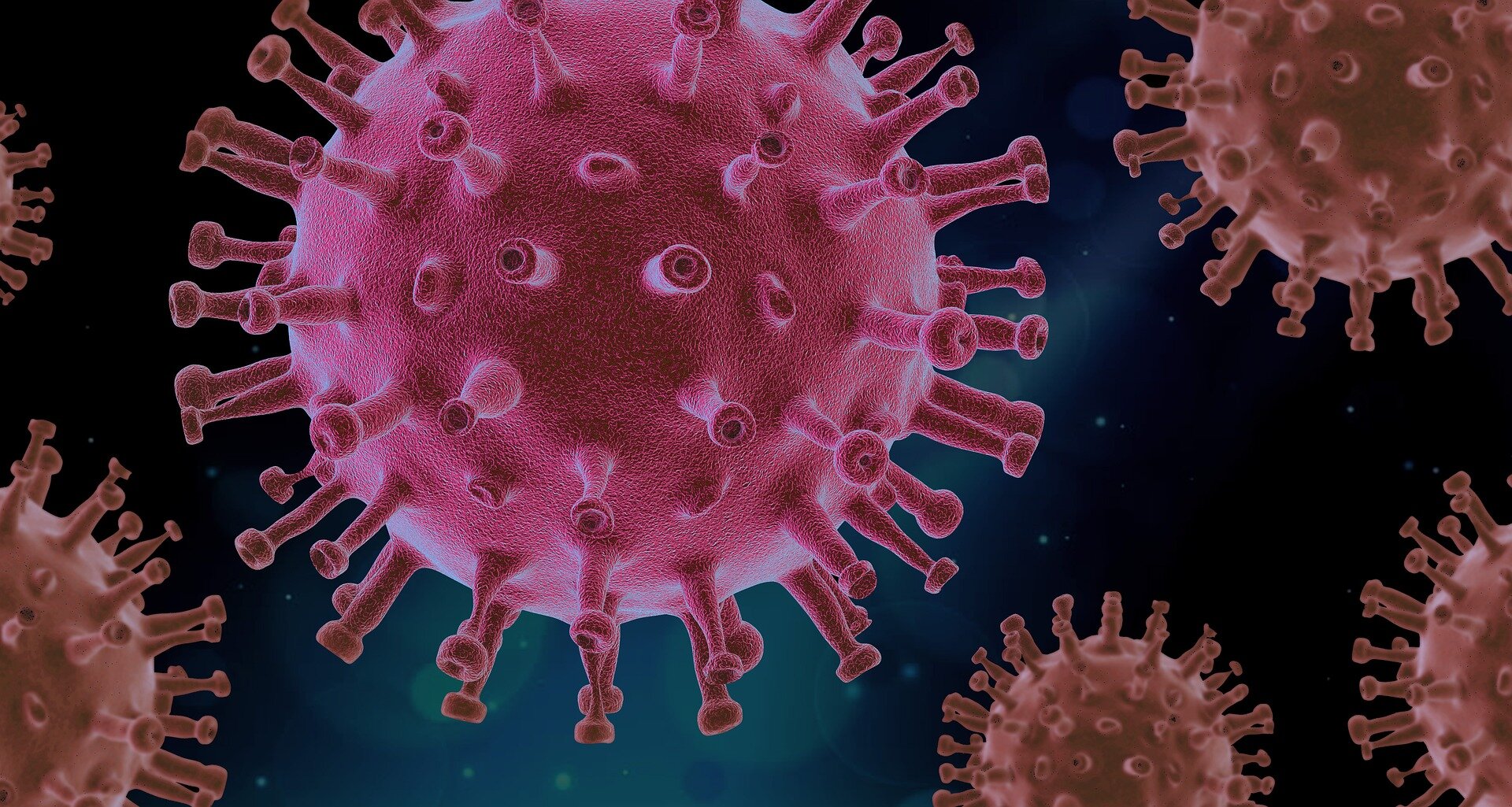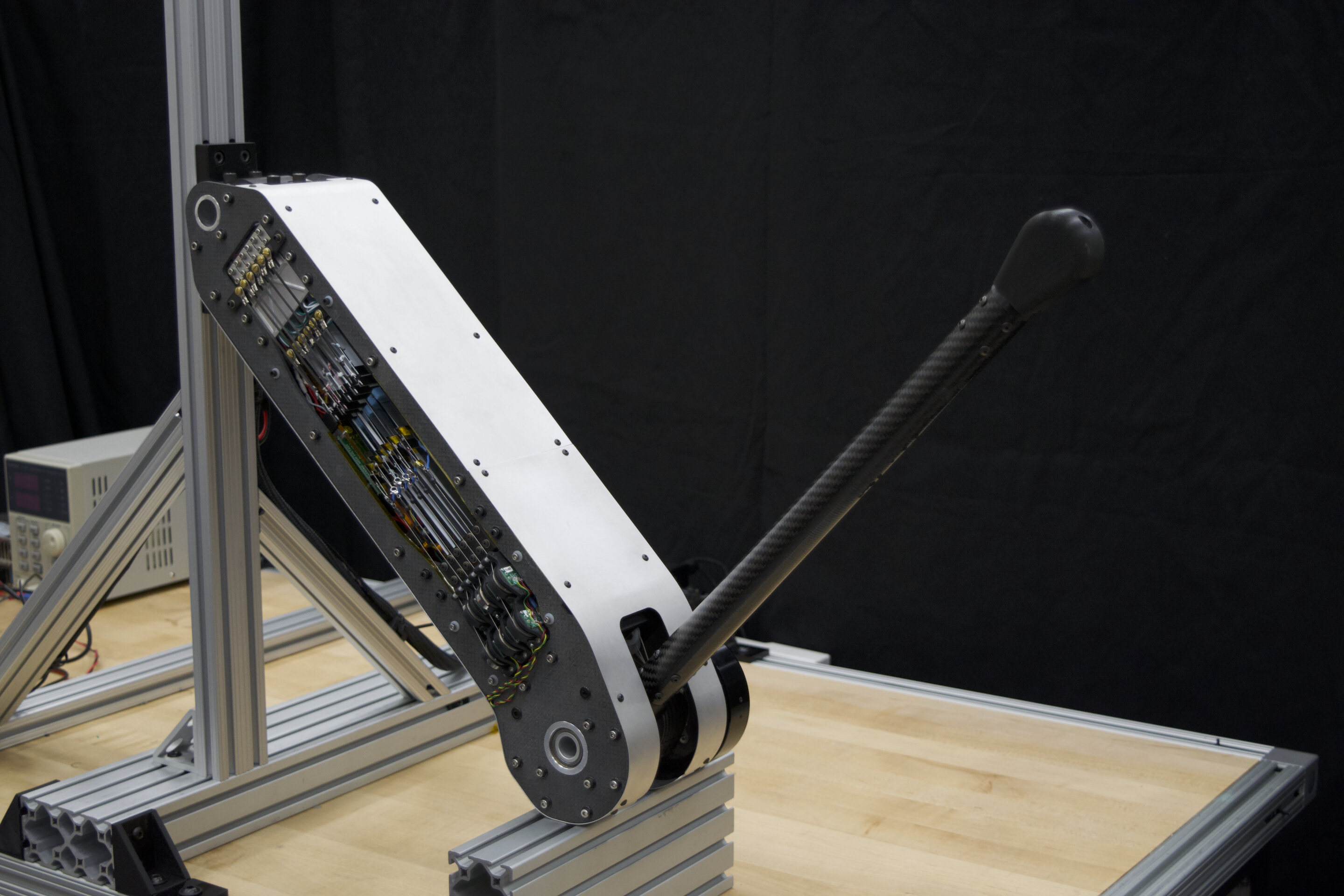#The pressure is on for Australia to accept that the coronavirus spreads in the air

“#The pressure is on for Australia to accept that the coronavirus spreads in the air”

More than a year into the pandemic, the World Health Organization (WHO) and US Centers for Disease Control finally changed their guidance to acknowledge SARS-CoV-2, the virus that causes COVID-19, can be transmitted through the air we breathe.
In Australia, we’ve just had the latest leak from hotel quarantine, this time in South Australia. Investigations are under way to find out whether a man may have caught the virus from someone in the hotel room next to his, before traveling to Victoria, and whether airborne transmission played a role.
Coronavirus Australia: New advice on COVID spread puts air quality in the spotlight
“The biggest shift is they’ve recognized aerosol spread, which is essentially airborne transmission” https://t.co/5KIVw5nH0M— Lord Blood (@drng) May 8, 2021
These examples are further fuelling calls for Australia to officially recognize the role of airborne transmission of SARS-CoV-2. Such recognition would have widespread implications for how health-care workers are protected, how hotel quarantine is managed, not to mention public health advice more broadly.
Indeed, we’re waiting to hear whether official Australian guidelines will acknowledge the latest evidence on airborne transmission, and amend its advice about how best to protect front-line workers.
The evidence has changed and so must our advice
At the beginning of the pandemic, in the absence of any scientific studies, the WHO said the virus was spread by “large droplets” and promoted handwashing. Authorities around the world even discouraged us from wearing masks.
A false narrative dominated public discussion for over a year. This resulted in hygiene theatre—scrubbing of hands and surfaces for little gain—while the pandemic wreaked mass destruction on the world.
But handwashing did not mitigate the most catastrophic pandemic of our lifetime. And the airborne deniers have continually shifted the goalposts of the burden of proof of airborne spread as the evidence has accrued.
What does the evidence say?
SARS-CoV-2 is a respiratory virus that multiplies in the respiratory tract. So it is spread by the respiratory route—via breathing, speaking, singing, coughing or sneezing.
Two other coronaviruses—the ones that cause MERS (Middle Eastern respiratory sydrome) and SARS (severe acute respiratory syndrome)—are also spread this way. Both are accepted as being airborne.
In fact, experimental studies show SARS-CoV-2 is as airborne as these other coronaviruses, if not more so, and can be found in the air 16 hours after being aerosolised.
Several hospital studies have also found viable virus in the air on a COVID-19 ward.
Established criteria for whether a pathogen is airborne scores SARS-CoV-2 highly for airborne spread, in the same range as tuberculosis, which is universally accepted as airborne.
A group of experts has also recently outlined the top ten reasons why SARS-CoV-2 is airborne.
So why has airborne denialism persisted for so long?
The role of airborne transmission has been denied for so long partly because expert groups that advise government have not included engineers, aerosol scientists, occupational hygienists and multidisciplinary environmental health experts.
Partly it is because the role of airborne transmission for other respiratory viruses has been denied for decades, accompanied by a long history of denial of adequate respiratory protection for health workers. For example, during the SARS outbreak in Canada in 2003, denial of protection against airborne spread for health workers in Toronto resulted in a fatal outbreak.
Even influenza is airborne, but this has been denied by infection control committees.
What’s the difference between aerosols and droplets?
The distinction between aerosols and droplets is largely artificial and driven by infection control dogma, not science.
This dogma says large droplets (defined by WHO as larger than 5 micrometers across) settle to the ground and are emitted within 2 meters of an infected person. Meanwhile, fine particles under 5 micrometers across can become airborne and exist further away.
There is in fact no scientific basis for this belief. Most studies that looked at how far large droplets traveled found the horizontal distance is greater than 2 meters. And the size threshold that dictates whether droplets fall or float is actually 100 micrometers, not 5 micrometers. In other words, larger droplets travel further than what we’ve been led to believe.
A really timely review and opinion piece that highlights the need to re-evaluate the droplet versus aerosol dichotomy used in medicine to classify diseases transmitted by the airborne route via sneezing and coughing. #COVID19 https://t.co/swnOwy2g1V
— Michael Shiloh (@michael_shiloh) March 29, 2020
Leading aerosol scientists explain the historical basis of these false beliefs, which go back nearly a century.
And in further evidence the droplet theory is false, we showed that even for infections believed to be spread by droplets, a N95 respirator protects better than a surgical mask. In fact airborne precautions are needed for most respiratory infections.
Why does this difference matter?
Accepting how SARS-CoV-2 spreads means we can better prevent transmission and protect people, using the right types of masks and better ventilation.
Breathing and speaking generate aerosols. So an infected person in a closed indoor space without good ventilation will generate an accumulation of aerosols over time, just like cigarette smoke accumulates.
A church outbreak in Australia saw spread indoors up to 15 meters from the sick person, without any close contact.
Masks work, both by preventing sick people from emitting infected aerosols, and by preventing well people from getting infected. A study in Hong Kong found most transmission occurred when masks weren’t worn inside, such as at home and in restaurants.
Coughing generates more aerosols
The old dogma of droplet infection includes a belief that only “aerosol generating procedures”—such as inserting a tube into someone’s throat and windpipe to help them breathe—pose a risk of airborne transmission. But research shows a coughing patient generates more aerosols than one of these procedures.
Yet we do not provide health workers treating coughing COVID-19 patients with N95 respirators under current guidelines.
At the Royal Melbourne Hospital, where many health worker infections occurred in 2020, understanding airflow in the COVID ward helped explain how health workers got infected.
Think about it. Airborne deniers tell us infection occurs after a ballistic strike by a single large droplet hitting the eye, nose or mouth. The statistical probability of this is much lower than simply breathing in accumulated, contaminated air.
The ballistic strike theory has driven an industry in plastic barriers and face shields, which offer no protection against airborne spread. In Switzerland, only hospitality workers using just a face shield got infected and those wearing masks were protected.
In hotel quarantine, denial of airborne transmission stops us from fixing repeated breaches, which are likely due to airborne transmission.
We need to select quarantine venues based on adequacy of ventilation, test ventilation and mitigate areas of poor ventilation. Opening a window, drawing in fresh air or using air purifiers dramatically reduce virus in the air.
We need to provide N95 respirators to health, aged-care and quarantine workers who are at risk of high-dose exposure, and not place them in poorly ventilated areas.
It’s time to accept the evidence and tighten protection accordingly, to keep Australia safe from SARS-CoV-2 and more dangerous variants of concern, some of which are vaccine resistant.
Follow the latest news on the coronavirus (COVID-19) outbreak
This article is republished from The Conversation under a Creative Commons license. Read the original article.![]()
Citation:
The pressure is on for Australia to accept that the coronavirus spreads in the air (2021, May 13)
retrieved 13 May 2021
from https://medicalxpress.com/news/2021-05-pressure-australia-coronavirus-air.html
This document is subject to copyright. Apart from any fair dealing for the purpose of private study or research, no
part may be reproduced without the written permission. The content is provided for information purposes only.
If you liked the article, do not forget to share it with your friends. Follow us on Google News too, click on the star and choose us from your favorites.
For forums sites go to Forum.BuradaBiliyorum.Com
If you want to read more Like this articles, you can visit our Science category.


